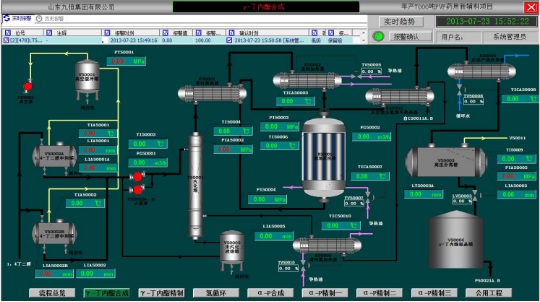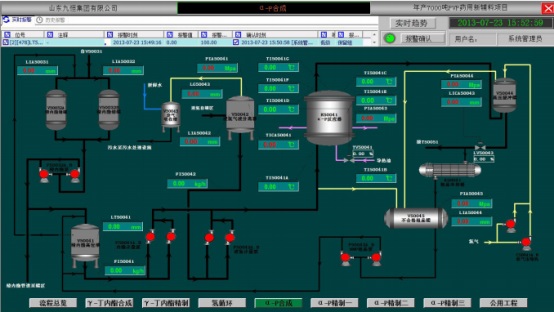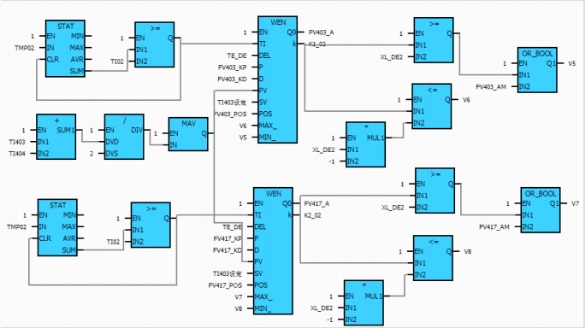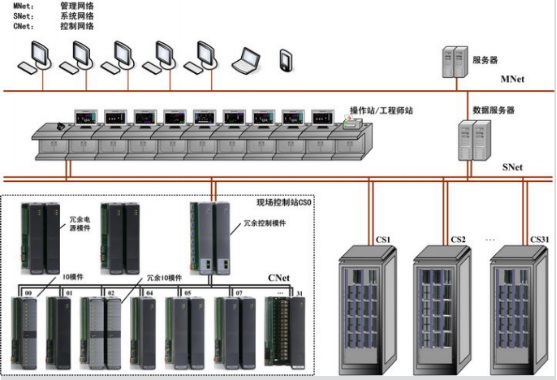
α-pyrrolidone, also known as 2-pyrrolidone, is an important chemical raw material. It is mainly used as a raw material for polyvinylpyrrolidone (PVP) monomer N-vinylpyrrolidone (NVP). It is also a high-grade solvent used in pharmaceuticals and resins. It is used in the production of floor wax, acetylene recovery, special ink, etc. NVP can be prepared by the reaction of α-pyrrolidone and acetylene, and then polymerized to obtain PVP. PVP has excellent solubility, low toxicity, film-forming properties, and complexing surface Due to its activity and chemical stability, it is widely used in medicine, food, daily chemicals, coatings, polymer polymerization and other fields. It also has many uses in textiles, printing and dyeing, papermaking, photosensitive materials, agriculture and animal husbandry, etc.
Shandong Jiuheng Pharmaceutical Technology Co., Ltd. is a modern emerging enterprise integrating the research and development, production and sales of new pharmaceutical excipients. The company's annual output of 14,000 tons of PVP new pharmaceutical excipients project uses 1,4-butanediol as raw material and independently developed
Efficient synthesis reactors and advanced polymerization processes reduce reaction pressure and temperature, shortening reaction time, which also puts forward higher precision and more stable control requirements for production control. This project uses Hangzhou UW500 system to control the entire
The production process is controlled. The UW500 distributed control system has been widely used in the field of automation. Using the UW500 distributed control system to monitor the entire production process can effectively improve product yield and enhance product stability.
There are three main methods for the production of α-pyrrolidone in my country: 1) Raper method: the raw materials acetylene and formaldehyde are first reacted to form 1,4-butynediol, which is then hydrogenated to 1,4-butanediol and converted into γ-butanediol. Lactone, and then react with ammonia to prepare α-pyrrolidone. 2) Butane oxidation to maleic anhydride method. 3) Hydrogen cyanide method: The addition reaction of hydrocyanic acid and acrylonitrile yields 1,4-succinonitrile, which is reduced to aminobutyronitrile through partial hydrogenation, and then hydrolyzed and cyclized into α-pyrrolidone. This project uses the first method, which has the following advantages: (1) The process is simple and the raw materials are easily available. (2) The by-products generated during the process can be easily processed into by-products, resulting in less environmental pollution. (3) The product content is high. The dehydrogenation of 1,4-butanediol is used to produce γ-butyrolactone products. Using gas phase catalytic dehydrogenation process,
That is, after the raw material 1,4-butanediol is gasified, the dehydrogenation reaction is carried out with the help of a dehydrogenation catalyst. Most of the raw material is converted into γ-butyrolactone, a small amount is converted into tetrahydrofuran, butanol light components, etc., and a small amount is Without conversion, each chemical reaction is as follows: After the reaction, the purified γ-butyrolactone is obtained through the light removal tower and the finished product tower. After being mixed with anhydrous liquid ammonia through the pipeline mixer, it enters the α-P reactor and is heated at high temperature and high pressure. α-pyrrolidone is prepared by reacting under the conditions. After the reaction, the purified α-pyrrolidone is obtained through multiple processes such as deamination, decomposition, and dehydration.
The two main steps in the process of synthesizing α-pyrrolidone by the Raper method are the hydrogenation process and the ammonia reaction process.
1) The quality of the hydrogenation process directly affects the yield and quality of γ-butyrolactone, thereby affecting the yield of α-pyrrolidone. It is a very important link in the production process of α-pyrrolidone. It mainly includes 3 steps. Reaction stages: vaporization, synthesis, separation. The synthesis reaction is carried out in the same synthesis kettle, and the reaction materials are added in stages. First, the materials 1,4-butanediol and auxiliary materials are put into the synthesis kettle at the same time to start the depolymerization reaction. After the reaction is completed, hydrogen is added step by step to start the addition reaction. After a period of time, when the reaction temperature reaches the specified value, add High concentration of hydrogen. This is a strong exothermic reaction. As the reaction continues, the temperature in the kettle continues to rise, forming a positive feedback. If the corresponding reaction heat cannot be removed in time, a "temperature fly" phenomenon will occur, leading to a surge in side reactions. , greatly reducing the recovery rate of γ-butyrolactone. As the reaction gradually completes. The reaction speed slows down and the heat release is greatly reduced. At this time, if the reaction heat is removed too much, the reaction will be incomplete, so the process requires strict control of the condensation reaction temperature.
2) Ammonia addition reaction is another very important link in the production process of α-pyrrolidone. It mainly undergoes preprocessing, synthesis, separation and other processes. The ammonia adding process is the second step in the production process of α-pyrrolidone. After the synthetic feed liquid obtained from the synthesis process enters the pretreatment reactor, because the previous hydrogenation reaction was carried out at high temperature and high pressure, many will inevitably be produced. This is a by-product, so before adding ammonia, impurities that may affect this reaction need to be removed in advance. This is to add an organic solvent as an extractant to separate γ-butyrolactone from the synthetic product. After that, enter the synthesis process. When γ-butyrolactone is added to the ammonia liquid, a large amount of heat will be generated at the beginning of the reaction. This reaction heat must be processed in a timely manner. Due to the large thermal inertia, it is necessary to avoid temperature overshoot. After the ammonia addition process is completed, it enters the next process. Since it is pharmaceutical, the purity of α-pyrrolidone needs to be very high. After this, it needs to go through several distillation and purification processes, all of which require very precise control. It can be seen from the reaction process that the entire ammonia addition also involves the process of heating, cooling and heat preservation, and the ammonia addition process takes a long time. During the ammonia addition process, there are also higher requirements for the temperature in the kettle, so this part The main tasks are the quantitative control of ammonia water, the temperature control during the ammonia addition process, and the optimization of the ammonia addition time.

Figure: Hydrogenation reaction section

Figure: Synthesis reaction section

Figure: Part of the temperature control algorithm
This project has a central control room. The system host equipment, engineering station and operating station are set up in the central control room. According to the production control and management requirements, the engineering station, operating station and on-site control station are set up. They are generally divided into synthetic on-site control stations, α- Butyrolactone on-site control station, α-p recovery on-site control station, and public engineering on-site control station.

Since this project was put into operation with the UW500 distributed control system, it has been running smoothly with remarkable results. The operation stability rate and product quality have been greatly improved. The labor intensity of workers and raw material consumption have been greatly reduced, while also ensuring the stability of the device. safe operation. It directly improves the market competitiveness of the enterprise and brings very obvious economic benefits to the enterprise. The successful commissioning of this project shows that the UW500 distributed control system has high-quality stability and reliability.
-
